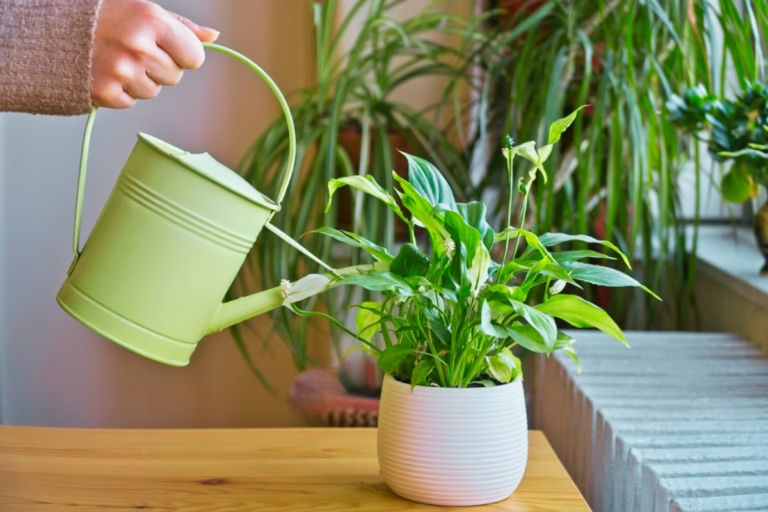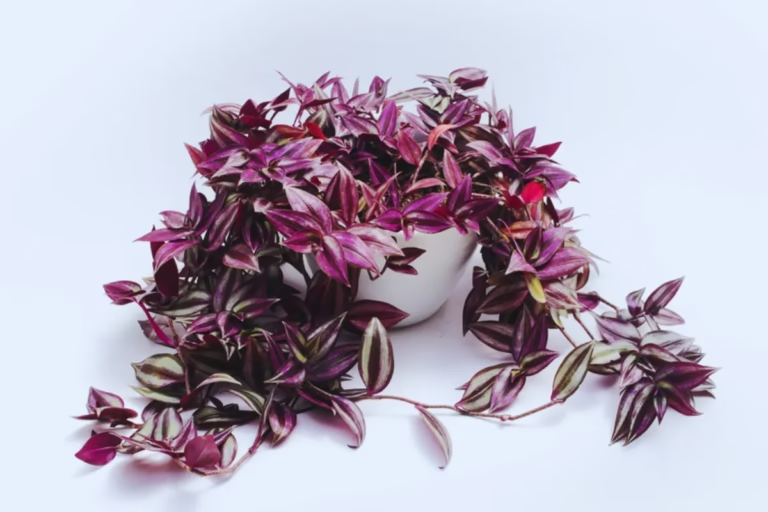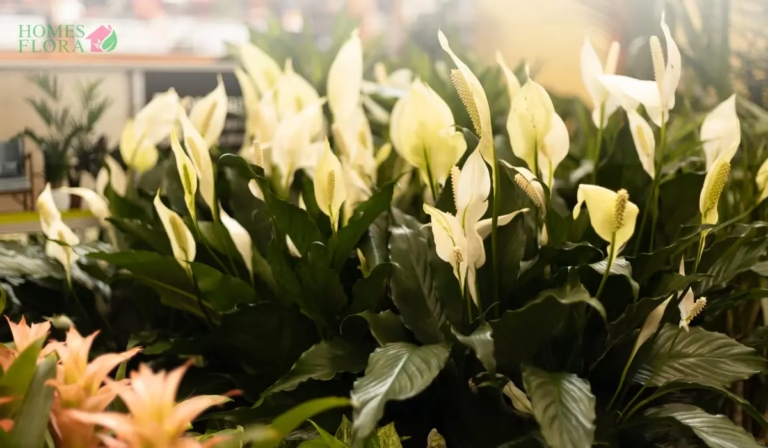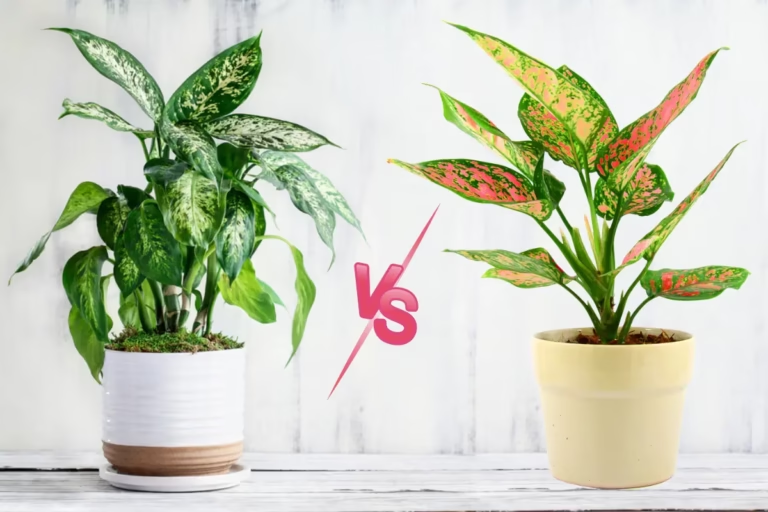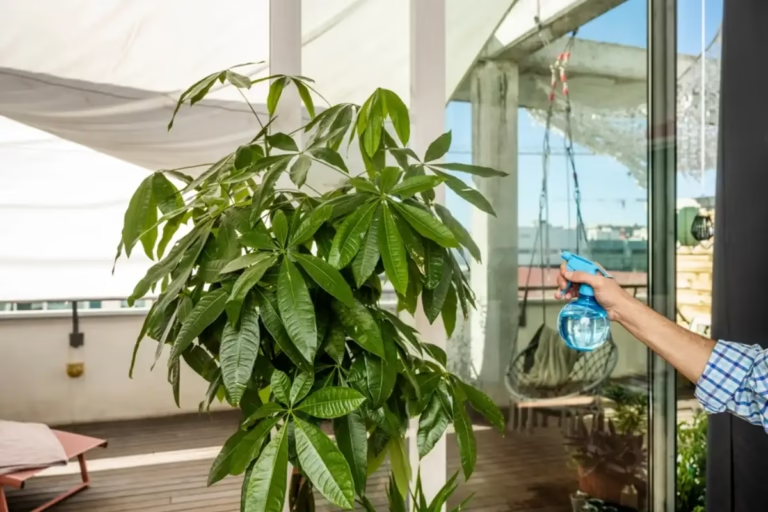How to Grow and Care for Chinese Evergreen Plant (Aglaonema)

If you’re looking for a tropical plant that’s both beautiful and easy to grow, the Chinese Evergreen is a perfect choice. Known for its colorful leaves and low-maintenance care, this indoor plant thrives in low light conditions, making it great for homes or offices.
Whether you’re a beginner or an experienced gardener, you’ll love how this plant adds life to your space without much fuss. Plus, with so many Aglaonema varieties, there’s one to match every style. In this guide, we’ll walk you through everything you need to know about growing Aglaonema indoors and keeping it happy year-round with just a little attention.
Chinese Evergreen: Quick Facts Table
Aspect | Details |
|---|---|
Common Name | Chinese Evergreen |
Scientific Name | Aglaonema |
Family | Araceae (Arum family) |
Other Names | Aglaonema, Philippine Evergreen, Poison Dart Plant (due to toxicity) |
Origin | Tropical and subtropical regions of Asia (e.g., Philippines, Malaysia) |
Type | Evergreen perennial |
Foliage | Glossy, variegated leaves (green, silver, red, pink, or yellow patterns) |
Height | 1–3 feet (indoors) |
Toxicity | Toxic to pets and humans if ingested |
Special Feature | Air-purifying, low-light tolerant, easy to care for |
Chinese Evergreen Care Requirements
The Chinese Evergreen belongs to the Araceae family and is native to humid, tropical plant regions in Asia. Its lush, patterned leaves can be silver, red, or green, depending on the variety. This plant grows slowly but steadily and doesn’t demand much attention. It’s perfect for caring for low-light plants in apartments or homes with fewer windows.
Some popular Aglaonema varieties in the USA include ‘Silver Bay’, ‘Red Siam’, and ‘Maria’. Each type has its own look, but all are easy to grow with the right care. Whether you’re a beginner or someone who wants to add color to a dull space, this plant checks all the boxes. Plus, it’s considered lucky in many cultures.
Sunlight
This plant doesn’t need much sun, which makes it perfect for houseplant lighting situations with limited natural light. The best light for Aglaonema is medium to bright indirect light, but it can survive in low light conditions too. However, if the plant is kept in a dark spot for too long, its growth will slow, and the colors may fade.
Avoid placing it in direct sun, especially near south-facing windows, as that can burn the leaves. If your home gets very little sunlight, try putting the plant near an east-facing window or under LED grow lights. This ensures healthy Aglaonema leaf care and keeps the foliage vibrant.
Water
The watering schedule for Chinese Evergreen depends on the season and light. In brighter rooms, the soil will dry faster, so you’ll need to water more often. In low light or colder seasons, water less. The key is to keep the soil slightly moist but never soggy.
If you’re unsure how often to water Chinese Evergreen, check the soil with your finger or a moisture meter. Only water when the top inch is dry. Over time, you’ll notice signs of overwatering plants like limp leaves, mushy stems, or root rot. To avoid these, always ensure your pot has proper drainage holes.
Humidity
Humidity for indoor plants plays a big role in keeping your Aglaonema leaf care on point. This tropical plant prefers moist air but can adapt to regular home humidity. In dry areas, like many U.S. states in winter, you may see yellowing leaves or crispy edges.
To boost humidity levels, place your pot on a tray with pebbles and water, use a humidifier, or group it with other plants. Avoid putting it near heaters or air conditioners. If you’re unsure, use a hygrometer to measure the air moisture. Aim for at least 50% humidity for best results.
Temperature
This indoor plant grows best in warm, steady temperatures. The ideal Aglaonema temperature range is between 65°F and 80°F. It won’t do well in cold drafts or if the temperature drops below 50°F. Rapid temperature changes can cause curling leaves or even leaf drop.
Keep your plant away from open windows in winter and avoid placing it near vents. If your home has fluctuating indoor temps, monitor the room and move the plant as needed. Stable warmth helps keep the plant thriving all year long.
Soil
Choosing the right soil mix is key for healthy roots. The best soil for Aglaonema is loose, airy, and well-draining. A common mix includes potting mix for tropical plants, with added perlite and peat or coco coir. This ensures moisture retention without becoming soggy.
Never use garden soil, as it’s too heavy and may lead to root rot. If you’re mixing your own soil, follow this ratio but make sure your pot has drainage holes to prevent standing water at the base.
Soil Ingredient | Percentage |
|---|---|
Peat or Coco Coir | 40% |
Perlite or Sand | 30% |
Compost or Organic Mix | 30% |
Related: Wandering Jew Plant Care and Growing
Potting and Repotting Chinese Evergreen
Knowing when to repot Aglaonema helps avoid stress and overcrowded roots. You’ll usually need to repot every 2–3 years or when the roots start to push out from the bottom. This refreshes the soil mix and gives the plant more space to grow.
Repot in spring or summer when the plant is actively growing. Choose a pot one size larger, and be gentle while transferring it. This process also helps prevent future root rot and supports long-term health. Use this time to trim any damaged roots too, following good repotting tips.
Propagating Chinese Evergreen
You can grow new plants using a simple propagation method. The two main ways are stem cuttings and root division. For cuttings, snip a healthy stem with a few leaves and place it in water or soil until roots form. For division, take out the plant, gently pull apart sections with their own roots, and replant them.
The best time for propagation is during spring or early summer. This gives the plant enough time to adjust before winter. Make sure to use clean tools and give the baby plants the same care as the parent. It’s an easy way to grow your collection or share with others.
Common Problems With Chinese Evergreen
Even though this is a tough plant, problems can pop up. If you’re asking, why are my Aglaonema leaves yellow, it’s usually because of overwatering, cold drafts, or not enough light. Curling leaves often show your plant is cold, dry, or needs water.
Other common signs include brown tips from low humidity levels, and drooping leaves from too much or too little water. If your plant isn’t growing, check the light, soil mix, or fertilizer. Simple changes usually fix the issue fast and get the plant back to normal.
Common Pests and Plant Diseases
Plant pests like spider mites, mealybugs, and aphids can attack your Chinese Evergreen, especially in dry indoor air. Check the undersides of leaves and use neem oil or insecticidal soap to treat them. Wipe the leaves weekly as part of regular Aglaonema leaf care.
Plant diseases like bacterial leaf spot or fungal rot often happen from overwatering or poor air circulation. Make sure your plant isn’t sitting in wet soil and has enough airflow. If leaves show black or mushy spots, trim them and treat the plant quickly.
Related: Grow and Care of ZZ Plant
Types of Chinese Evergreen (Aglaonema Varieties)
The Chinese Evergreen plant (Aglaonema) is celebrated for its diverse and eye-catching varieties. Each type boasts unique colors, patterns, and growth habits, making it a versatile choice for plant lovers. Here’s a closer look at some of the most popular varieties:
Final Thoughts
Learning how to grow & care for Chinese Evergreen (Aglaonema) indoors is a great way to enjoy greenery with low effort. From finding the best light for Aglaonema to knowing how often to water Chinese Evergreen, small steps make a big difference. This plant rewards simple care with beautiful, lasting foliage and is a perfect choice for anyone looking for tips for healthy houseplants.
Whether you’re starting fresh or adding to your collection, the Chinese Evergreen is a solid pick. It fits any lifestyle and brings calm, color, and clean air to your home. Keep the care routine consistent and your Aglaonema will grow strong and happy for years.

